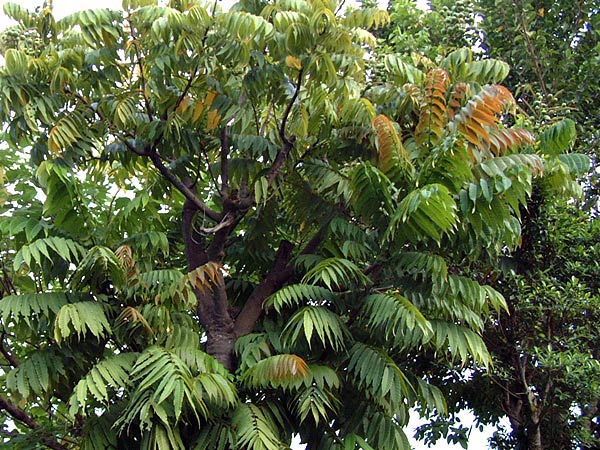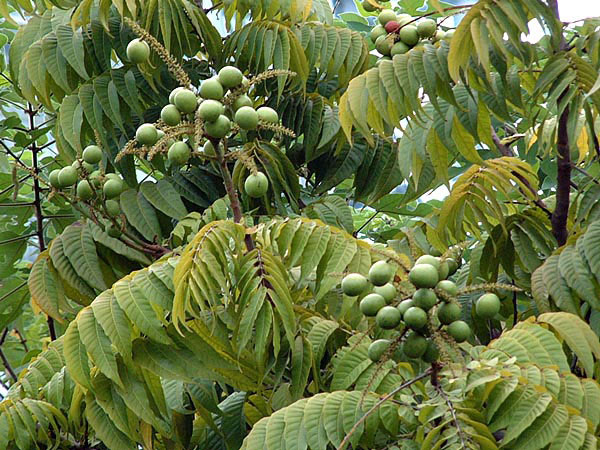Pometia pinnata
The Fijian longan is one of the most significant plants in the traditional culture of the Tao people, the Indigenous inhabitants of Orchid Island (Lanyu). Its juicy, sweet fruit has long been cherished by the Tao as both a source of nourishment and a symbol of harmony between humanity and nature.
Beyond its edible and economic value, the wood of the Fijian longan also holds great cultural importance. Its reddish-brown heartwood is dense, durable, and resistant to decay, making it an essential material in the construction of the Tao people’s traditional fishing boats. These beautifully crafted wooden vessels, known for their symbolic red, white, and black patterns, are not only vital tools for a maritime lifestyle but also powerful cultural icons representing community, craftsmanship, and respect for the sea. During boat construction, the Fijian longan wood is used for key structural parts such as the bow, stern, and keel, ensuring stability and strength. This traditional craftsmanship reflects the Tao people’s deep ecological knowledge and their skillful, sustainable use of natural resources.
On Orchid Island, the Fijian longan trees are mainly found on low hillsides and along stream valleys near human settlements. Their distribution may be closely tied to the migration history of the Tao’s ancestors. Some scholars suggest that the species was introduced to Orchid Island by the early Tao people from their ancestral homeland, where it took root and flourished, eventually becoming an integral ecological and cultural resource.
Today, the Fijian longan stands as more than a native component of the island’s forest ecosystem. It embodies the living connection between the Tao people and their natural environment. Its fruit sustains the community, while its timber preserves a heritage of craftsmanship passed down through generations. Protecting and studying this species not only helps conserve a valuable ecological resource but also deepens our understanding of the Tao people’s enduring wisdom and their harmonious relationship with the land and sea.

